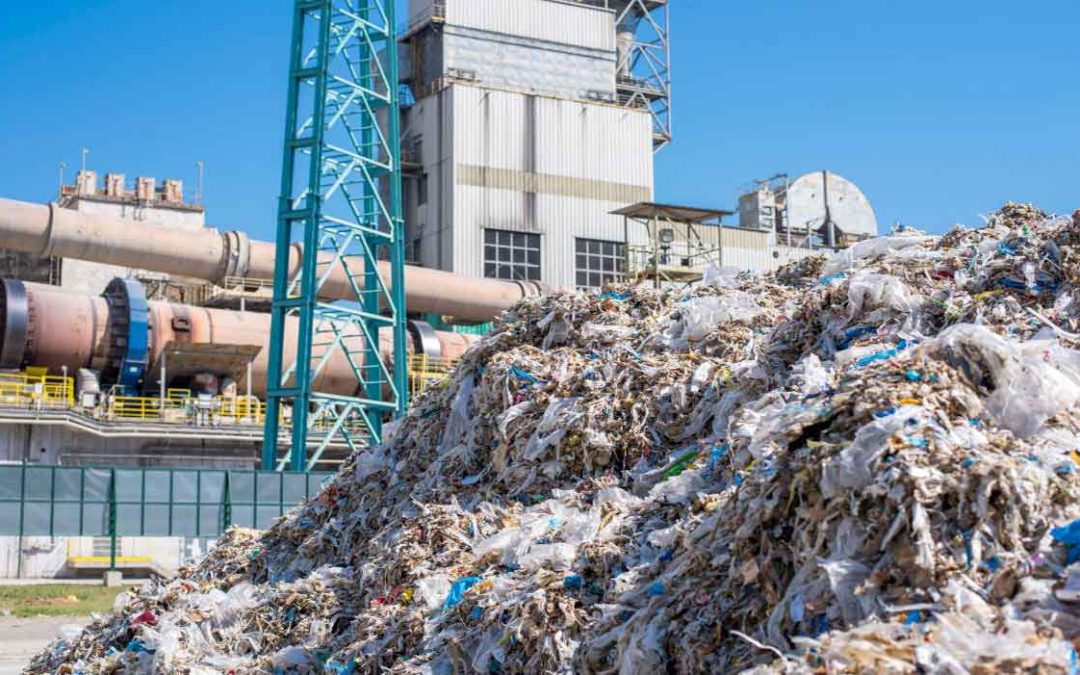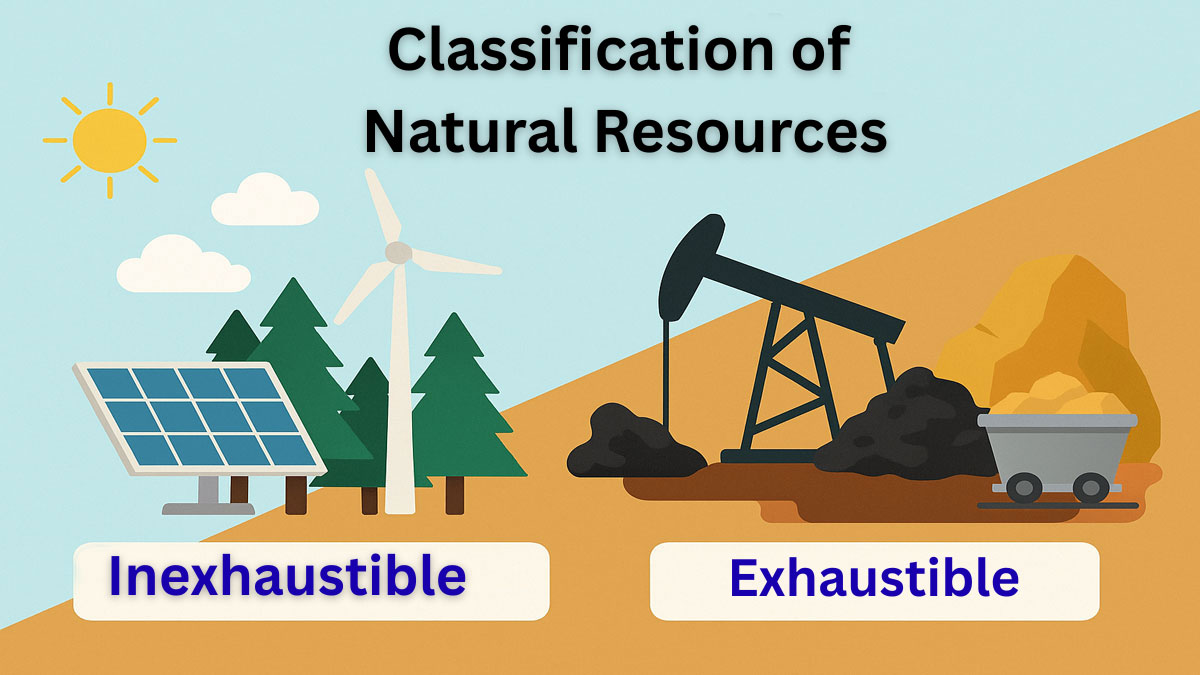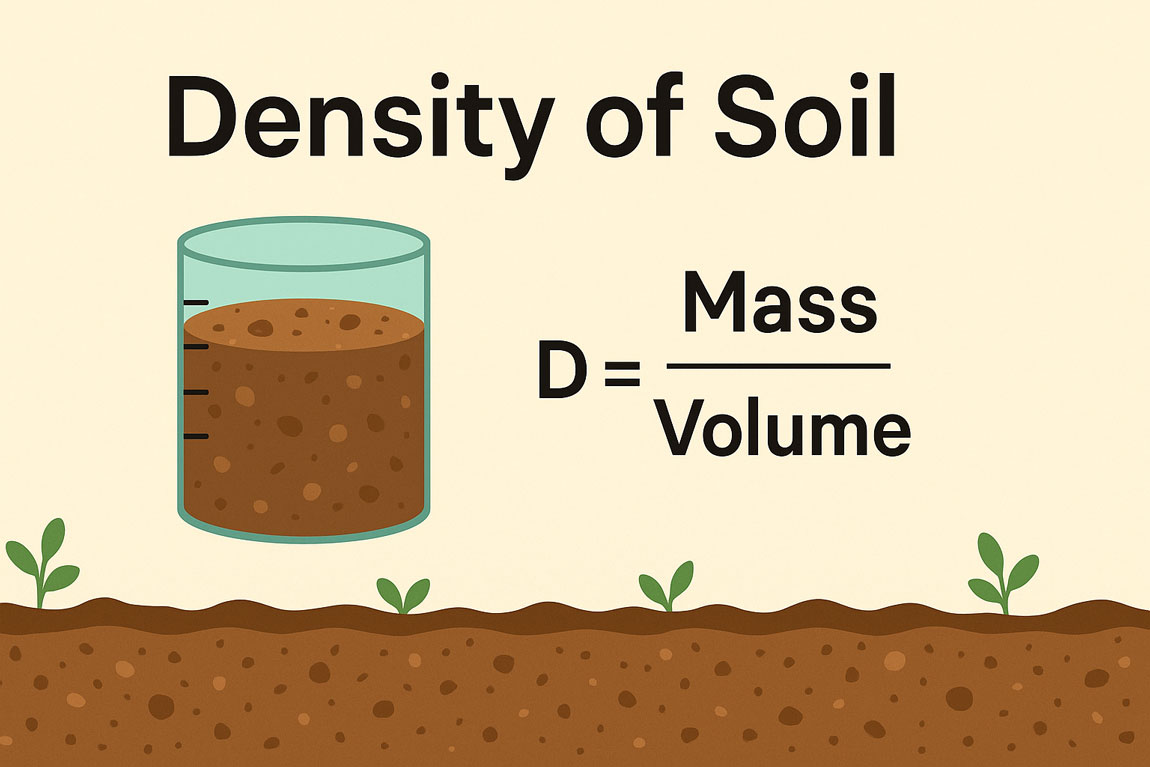The O&M of Waste-to-Energy (WTE) facilities requires special consideration and operator skills. WTE facilities are power plants that require combined expertise in the combustion of solid fuel and in the handling of corrosive flue gas. The O&M of WTE has to meet stringent power industry environmental regulations on waste, air, and wastewater.
The WTE industry is now well known, and it is possible to implement a comprehensive operation plan that carefully anticipates risks and pitfalls specific to the WTE operation. A few private and specialized full-service operation providers are also available to ensure the long-term operational success of the plants.
Key aspects of the O&M approach for WTE facilities:
1. Selecting the operator:
When selecting the operator, we assess a few decision criteria, including operator expertise and references. O&M contractual term, expected operation guarantees, scope of services, and cost.
The owner, private subcontractor, or EPC contractor can carry the responsibility of operation. An experienced operator offering a long-term operation contract provides the best guarantee for the plant owner. If the operator offers only a short-term contract, it shifts maintenance risks to the owner.
In either case, the operation’s success will rely on the quality of the facility staff. Who should be recruited for their expertise and solid long-term approach, thus avoiding WTE operation pitfalls?
The O&M contract defines responsibilities between the owner and operator. Typically, changes-in-law risks stay with the owner. But environmental compliance is mainly the responsibility of the operator, who shares liability with the owner.
The project team defines the operator’s minimum performance criteria. To align the operator’s interest with the plant owner’s, they recommend offering a variable level of bonus payment. This payment links directly to tonnage throughput and the amount of energy recovered. A reputable operator can provide the performance guarantees needed to support project-financing requirements.
Typically, project owners incorporate performance bonds or hold back periodic payments to ensure that the operator maintains their contractual agreement and does not become insolvent. Operators must abide by local laws and follow regulations set by authorities according to the country and locale of the plant.
The contract requires insurance coverage, and the owner must cover any damage or loss to the equipment and structure. The operator remains solely responsible for insurance for ‘Business Interruption,’ as well as for theft. You should give special consideration to planning the major repair and replacement (MRR) of plant and equipment by allocating a sustainable budget.
2. Commissioning:
Commissioning a WTE facility can be described as requiring two different phases of implementation.
Phase 1:
The first phase of commissioning requires conducting physical checks of Equipment and Systems. This phase becomes quite complex because the facility contains a lot of equipment from various suppliers. Each supplier uses their own installation and operation techniques and provides separate warranties, many of which involve subcontract installations.
The company assigns a Commissioning Engineer to coordinate all post-installation activities to maintain the integrity of any warranties and ensure ultimate performance.
The Engineer systematically checks, corrects, and signs off on oil levels. Lubrication, correct rotation of equipment, packing and fills, control loops and terminations, alarm levels, and so on, in advance of starting the plant. This role will work in coordination with the equipment supplier’s own Sales Technician or Engineer.
Phase 2:
The second phase of commissioning requires Performance Testing of the entire facility to ensure that the obligations of design, construction, and performance are met. These requirements form a portion of the original Design and Build Contract.
The operator cannot attempt this phase until they complete the former. The commissioning engineer and the operator must carefully complete this phase together, ensuring close supervision throughout.
Typically, the designer/builder would hire the operator to conduct the performance testing and supervise them. This arrangement then forgoes potential liabilities between the two parties should problems arise from operational mishaps.
The EPC contractor and the project team shall agree on the performance testing protocol in accordance with the contractor’s contractual obligations. The testing team should conduct testing long enough to verify plant reliability and ensure stable operation. In some cases, the team performs performance testing for a few months and tracks ‘defects’ for up to 12 months.
Teams track the defects and form a prioritized list of items that require negotiation to correct. This list may include items where designers or installers missed something, equipment or sub-systems underperformed, equipment failed, installers installed equipment poorly, or suppliers delivered equipment that did not match the order.
Rectifying some of these situations can take time, and many of them can delay the facility’s start-up to regular operation. The contract must include safeguards to prevent penalizing the operator for this delay, since the penalty results from the cost of an idle workforce.
These safeguards usually involve the Design/ Build contractor being responsible for the operator’s payroll and, potentially, penalties from the owner due to the late start. This of course depends on the severity of the situation.
3. Plant performance, optimization of economics:
The following five performance factors drive WTE performance:
3.1.Boiler availability:
We measure boiler availability by dividing the number of hours the boiler operates above 50 percent of maximum continuous rating (MCR) by the total number of calendar hours during the period. On average, the industry operates at 87 percent availability, while a solid performer runs at 90 percent.
A few excellent plants can run at around 92 percent for several years. To keep unscheduled downtime under control, operators should inspect the units once or twice a year and replace tubes. Refractory and equipment are on time during carefully planned outages.
3.2. Boiler mass load:
This is the boiler throughput in comparison to the design MCR load. Mass throughput is typically limited by a waste heating value that is higher than designed. Great burn-out that is above 3 or 5 per cent, or air/flue gas flows, which are caused by limited fan capacity or boiler fouling.
3.3. Boiler heat load:
This is the boiler energy output that is typically measured in steam flow in comparison to design MCR load. The maximum heat load is determined by the design and manufacture of the grate system. The heat load is typically limited by a waste heating value that is lower than designed, combustion stability or air/flue gas flows that is caused by limited fan capacity or boiler fouling.
3.4. Steam cycle efficiency:
This is the efficiency of converting steam into electricity or a heat source. Excessive in-house stream consumption and low turbine efficiency can limit the overall energy output.
3.5. In-house parasitic load:
This is the internal electrical load needed to power plant equipment. This internal load is subtracted from the turbine’s gross output. Only the net output (gross output minus internal load) can be sold to the grid and generate revenue.
4. Operation risks and remediating them:
The risks of operating a WTE facility can be classified in three areas:
4.1. Health and safety:
Many issues of health and safety start at the design stage, including access to equipment by forklifts, access, and egress. Throughout the plant, for personnel, chemical and oil storage, fire protection, and safety showers, to name a few. Local regulations and laws may dictate what the basic requirement is.
For example, waste bunker fire protection requires special consideration, including installation of fire cannons or water deluge systems. Due to the moving equipment and high-temperature surfaces, the safety of plant personnel must be well-organized. A program that must include solid lockout/tagout of equipment and confined space procedures.
4.2. Environmental risks:
Most facilities employ an environmental engineer on staff to ensure they understand permits because of complex waste and air regulations. Water regulations regulate WTE plant operation, establishment of operation procedures, training of personnel, emission testing, and reporting to the authorities.
Environmental systems will need to be thorough. Organizations can use ISO 14001 as a tool to ensure sustainable compliance. This voluntary international standard establishes the requirements for an environmental management system.
We can expect environmental regulations to become more stringent over the length of a long-term operating contract. The operator must be prepared to seek out and understand new technologies and testing methods.
Many owners in the public sector have direct access to monitoring emissions and corresponding excursions in those limits, remotely from the plant. This puts the operator in a completely supervised situation.
4.3. Maintenance and equipment breakdown:
A modern WTE facility today can expect to have a 25-year lifetime before a major rebuild to the grate, furnace, boiler pressure parts, or turbine/generator. Most build, operate, and transfer (BOT) contracts reflect this in their duration.
However, due to the corrosive nature of the WTE boiler flue gas, the dew point temperature is very close to the operating range. Special considerations are required to prevent frequent breakdowns. Boiler failure or flue gas treatment corrosion can be expensive to correct if left unattended.
You can mitigate boiler tube corrosion by improving combustion, controlling flue gas temperature, or protecting boiler tubing. Operators need to run flue gas treatment equipment within the design temperature and flow to avoid erosion or dew point corrosion. As in any typical power plant, failure of the turbine, generator, or transformers is not only expensive, but also leads to extended plant outages.
Approach to combustion control:
Power plants have used, and still use, steam flow to control the fuel flow when the fuel is very homogeneous. This ensures very predictable performance. This very predictable performance enables extremely stable operation, and operators. Usually, meter the fuel accurately with a mass flow meter for liquid fuel, a gravimetric feeder for coal, or an ASME flow nozzle for gas fuels.
Because the fuel provides a consistent heat value, operators could use the steam flow to set the fuel flow, or the plant power output could control the fuel flow. Then, they could set the total air flow to achieve the lowest boiler outlet O₂ level compatible with the desired NOx and CO levels.
Because of the stability of the fuel composition, the boiler outlet O2 could be trimmed down to less than 3 percent. On solid fuels like coal and down to 1 percent on gas fuels like natural gas, and the plant operated within a very narrow O2 range. This stability allows these plants to work in dispatch mode. With the power demand from the utility dispatcher literally controlling the fuel feed. These plants can be modulated and follow the load demand fluctuations.
This approach, however, does not work well in WTE facilities with a fuel which has a highly variable composition and heat content that cannot be metered accurately. As a result, the steam flow constantly changes because the fuel characteristics change.
The lag between the fuel feed increase or decrease and the steam flow is very big and very often out of phase. The steam flow may be calling for a decrease in fuel feed because of flare-up from a batch of fuel with a very high Btu content. The next batch of fuel being fed could be very low in Btu content.
The steam flow will cause the decrease with some lag. This will cause a big dip in the steam flow resulting from the decrease of the fuel flow combined with the low Btu content. In the meantime, the flare-up causes the flue gas temperature to rise and the excess O2 to drop and possibly CO is generated. The over fire air and the excess O2 control will try to correct the situation and likely get in conflict.
This system has three variables (steam, fuel feed, and secondary air flow) that interact with each other with long lags. The result is that the system is unstable, constantly swinging up and down on load. With steam flow going well above and well below the set point, resulting in high furnace temperatures, and high CO or NOx in the flue gas. This situation can be mitigated somewhat if the fuel is very well blended, thereby having a consistent heating value.
An ‘O2 combustion control’ system eliminates the instability described above. The steam flow measurement has no control applications. The steam flow is the result of the complete combustion of the fuel on the grate. The operator selects the amount of steam generation needed, usually the maximum unit capability.
Waste-to-energy plants always run at maximum steam flow. This selection provides a calculated primary air flow set point. This set point is an input into the primary air fan damper controller that will adjust the damper to maintain that air flow.
They similarly determine and maintain the secondary air flow set point. Tests predetermine the ratio of secondary air to total air to correct for CO or seasonal fuel quality variations. They further divide the secondary air into front and rear nozzles; again, tests run during the plant’s commissioning determine this ratio. The total air flow remains constant, and the measured steam flow does not control any applications.
They control the fuel feed using the excess O2 in the flue gas coming out of the furnace. Experts recommend using at least two high-quality O2 analyzers. The oxygen analyzers respond extremely rapidly, and the lag between O2 changes caused by the fuel feed quantity and quality is very small.
The only variable is the fuel, and there is no interference from the steam flow measurement process. The fuel flow will be increased when the excess O2 goes above the set point and will be decreased when it goes below it. If the O2 is maintained at the set point value, it means that the right amount of combustibles (regardless of the volume or the weight of the garbage) is being fed in and burnt, and the resulting steam flow will be at the right value.
Long-term approach:
A careful balance between performance, risk remediation, maintenance planning, and operator training will ensure the long-term sustainable operation of a WTE facility. When the public sector owns the plants and the private sector operates them, long-term contracts (20–25 years) and independent plant audits create a more stable platform for all parties.
It is not uncommon for private operators to ‘invest’ in the plant for better returns in the long term. The company should implement ongoing training for operators in the areas of safety, environmental compliance, and boiler/equipment operation. Government regulations, whether environmental or health/safety, require that organizations update training programs.
It is imperative that the operators certify these types of plants and steam boilers according to national, state, and provincial standards. Management must also take responsibility for training that supports progression, expansion, and technological change.
You should include a solid planned outage program in maintenance planning to carry out inspection and replacement, and implement a preventive maintenance program. You also need to establish a reasonable budget for the long term.
The plant staff must treat safety and environmental issues with the highest priority. Staff with multi-year experience and know-how in the WTE industry identify risks and bring best practices to the project.






